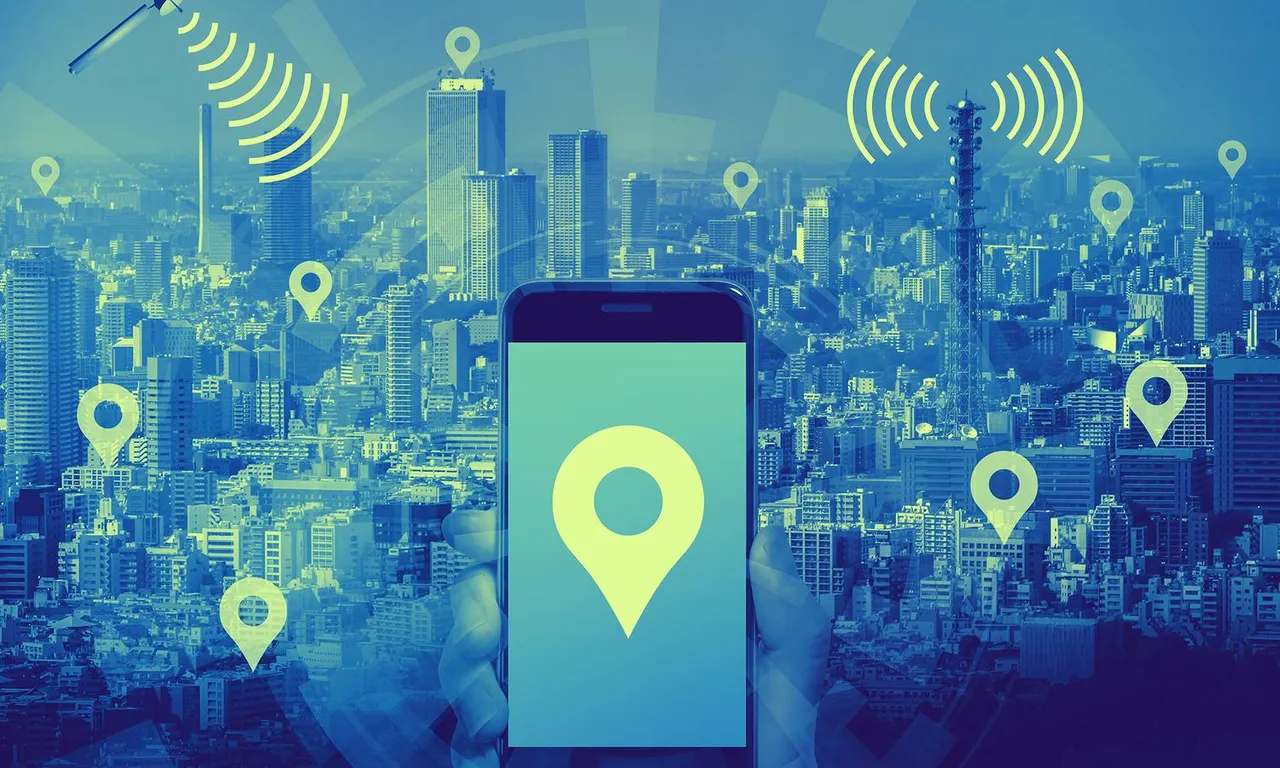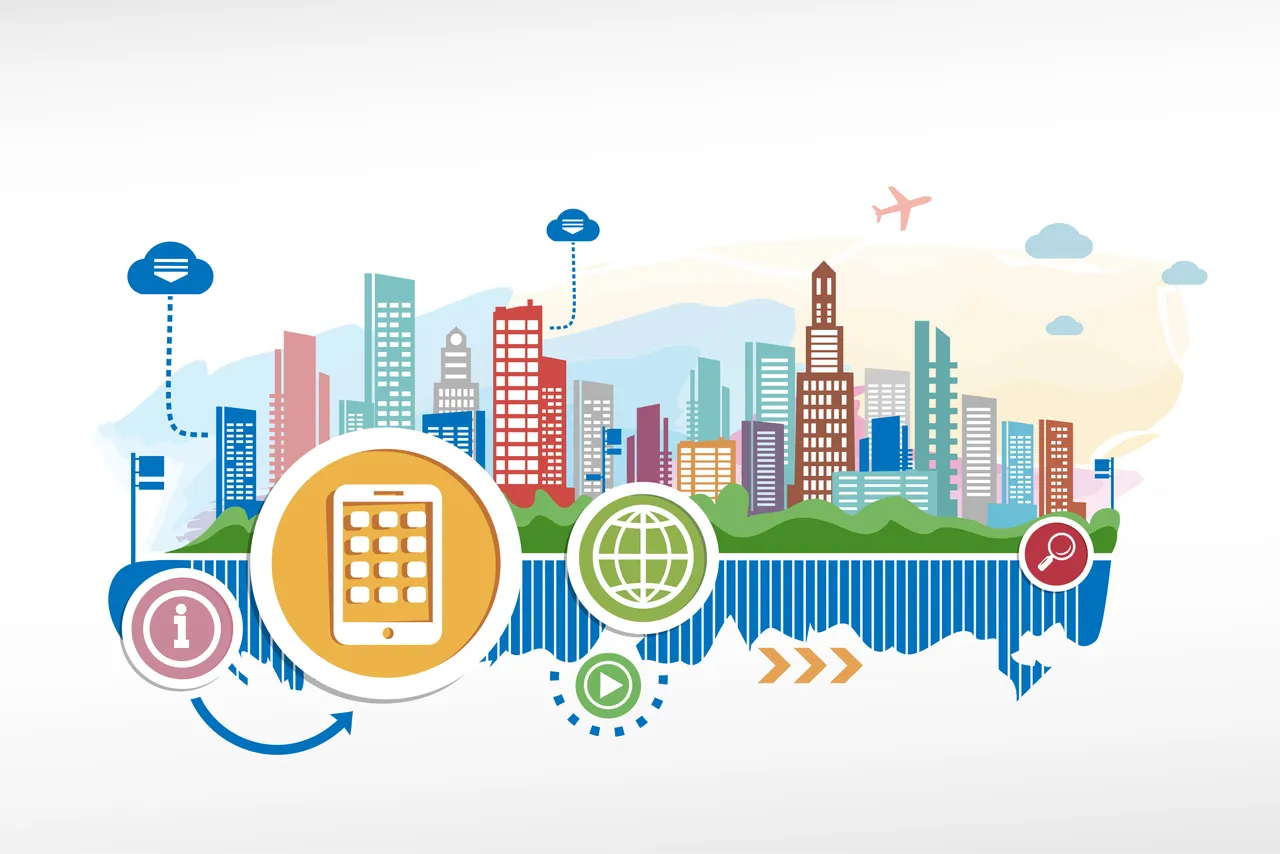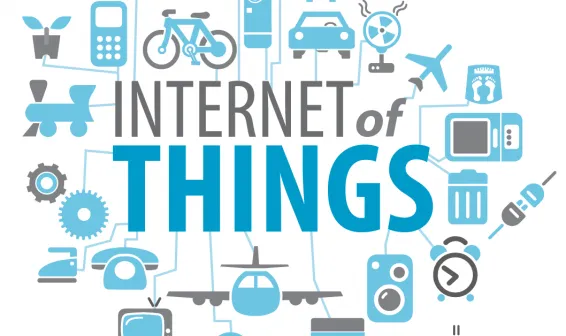A Smart City is an urban area that uses a combination of electronic data and sensors to gather information used to manage resources efficiently. In other words, a smart city is a city that has integrated a heavy amount of technology in its infrastructure making city services and data collection exponentially easier.
Existing cities have already invested in “smart” technology and nations across the world are continuing their race to be the most technologically advanced.

The best way to understand what a smart city is, will be by looking at some examples. Let’s assume you have work at 7am, when it’s still relatively dark. The city you live in wants to conserve as much electricity as possible so they either keep their street lights dim or off. This could pose as a problem because if you walk to work, you could be walking in the dark.
A “smart” street light could detect if an individual is walking nearby. City developers could program their street lights to illuminate brighter if an individual is walking under it. This results in a win-win for the individual and the city, as the city is able to conserve energy and the individual is able to see where he is walking! Interestingly enough this idea wasn’t common 2 years ago, and now if you look around there are plenty of sensor operated lights. More and more of this type of technology will be implemented into cities as they grow!

Another great example could be integrating smart lights with parking. If you live in a densely populated area and you drive a car, finding parking can be a real problem. Let’s assume we’re in a parking garage and we want to find parking. Instead of driving around endlessly wondering if a parking lot is available we could install sensor operated lights that illuminate if a parking spot is open.
These vacancy lights could turn green if parking is open, red if the lot Is occupied or off when the lot is occupied (conserving energy). Cities could also develop a mobile application, where residents could use that to find parking or figure out about particular events.

These two examples have actually been implemented in some cities already. In fact, these are only the basics of smart cities. The potential is limitless. Depending on where you live you may have actually seen some of the implementations already.
From my personal experiencing I have started to see a pedestrian crossing light that is triggered by a push of a button or motion. It illuminates when a pedestrian is crossing alerting drivers to be careful.
TL;DR: A Smart City is a city that uses technology for public services. This integration of technology will not only be for the ease of the residents but can also save money. Projects such as sensor driven street lights and vacancy lights can help save the city energy and prevent unnecessary accidents.
You may have seen some of these implementations already, but understand it is only the beginning as nations across the world race towards becoming the most technologically advanced!
REFERENCES:
Note: Pssh! If you like this article please don't forget to give an upvote and if you want more content like this feel free to follow me @mindhacks!